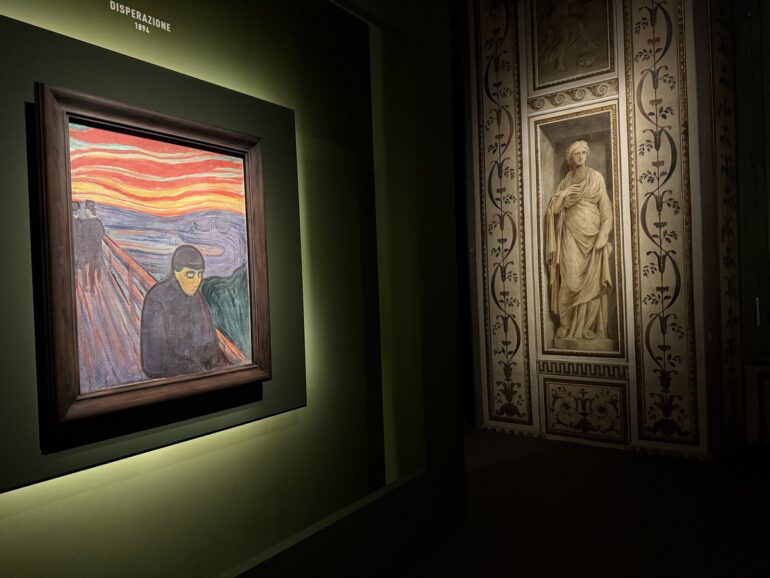One of the must-see exhibitions in Rome this spring
Tormented, innovative and deeply unsettling. Munch’s works are so strongly embedded in Western’s collective cultural imagination that his paintings continue involving different types of public evoking ever-changing emotions across time and space – much like as a timeless literary classic.
With the patronage of the Royal Embassy of Norway and in collaboration with the Munch Museum of Oslo, Edvard Munch’s iconic paintings have arrived to Rome twenty years since its latest exhibition. From 11 February to 2 June 2025, the museum Palazzo Bonaparte will host one hundred art pieces representative of Munch’s human and artistic journey, including some of the paintings which made Munch one of the most admired artists of the nineteen century.
The exhibition comes from Palazzo Reale in Milan where it recorded an absolute record of visitors and Mrs. Iole Siena, President of Arthemisia (the Roman exhibition’s organizer) strongly believes that this event will result in a great success in Rome too, involving citizens and tourists into different initiatives connected with Munch. The show has been curated by Patricia G. Berman, one of Munch’s major experts, with the collaboration of Costantino D’Orazio.
The color of emotions in Munch’s work
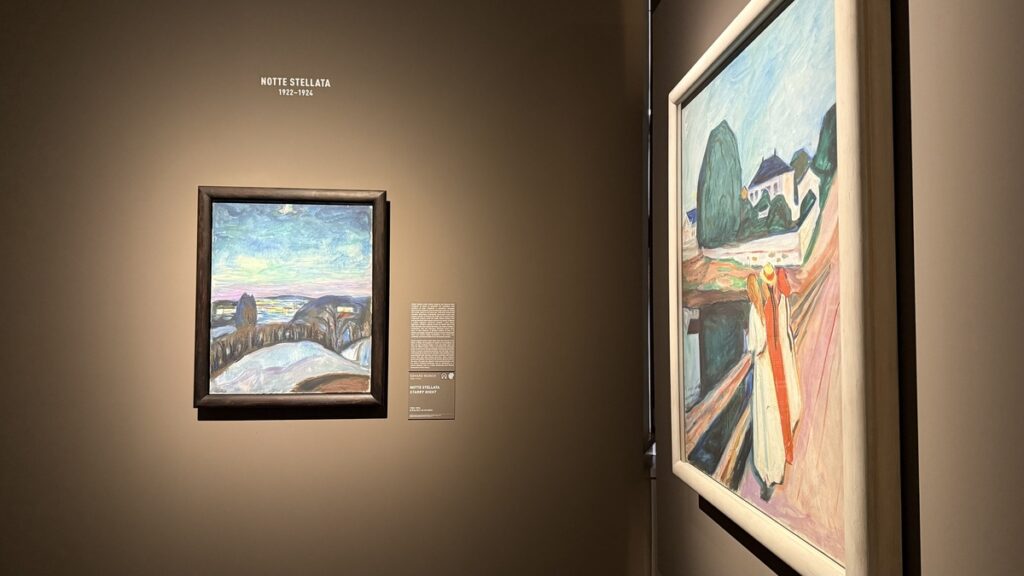
Edvard Much is definitely one of the most appreciated artists in Europe and at the global level. This is because through his paintings and lithographs he could not only interpret his troubled times spanning two world wars and several personal losses and romantic tragedies, but mainly because his art can capture the essence of human feelings of distress, anxiety and longing more strongly than others. Loss, death, life, melancholia and hopeless loneliness are the main themes of Munch’s work and visitors of the Roman exhibition will be able to appreciate them through more than one hundred paintings on display. The works are arranged into seven sections which will guide the public into discovering the complexity of Munch’s techniques and inspiration. From the lithography of The Scream (1895) to the Death of Marat (1907), Starry Night (1922-1924), Malinconia (1900-1901), Young girls on a bridge (1927) to the main self-portraits, the death series, to the kiss and the Virgin Mary’s lithography, the universe of the painter will involve its visitors at a very personal level.
“All in all, art represents the need of one human being to communicate with another… Nature is the means, not the end. If one can achieve something by changing natura, one must do it”
The Hestekur effect
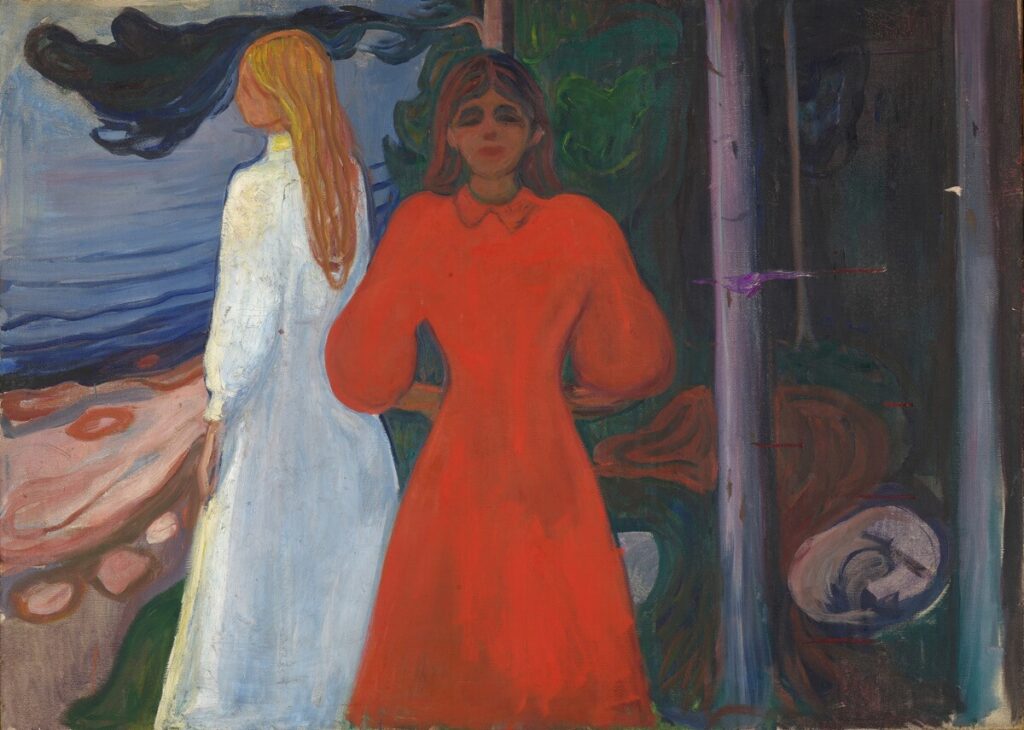
Throughout his career, Munch experimented with different techniques, materials and styles but he showed a preference for opaque surfaces with a finish similar to frescoes. One of the most peculiar techniques he used to create more irregular and expressive surfaces was to make the painting “suffering” – hanging them in trees or outdoors to face external meteorological events was a way he used and this explains the terrible conditions some of his paintings were found when he donated them to the city of Oslo.
“It is though my paintings needed a little sun and dirt and rain. The colours harmonise better this way”
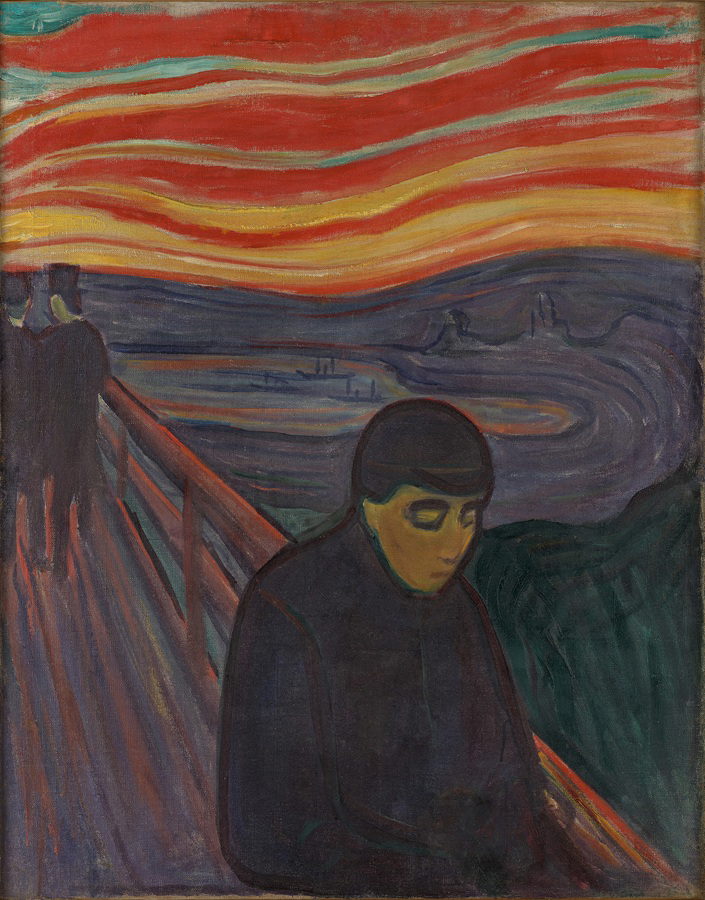
Munch and his time in Italy
One of the aspects which may be less know of Munch’s life and work is its connection to Italy and Rome in particular. His first trip to the Italian peninsula dates back 1899 when, together with his lover Tulla Larsen, he initially arrived to Florence. In 1927 Munch spent a month in Rome and visited his uncle’s grave at the a-Catholic cemetery Rome. Peter Andreas Munch, one of most famous historians in all of Norway who had died in Rome the same year as Edvard’s birth, was an academic of such prominence that he is among the group of the very first non-Catholic scholars allowed access to the archives Vatican. During his time in Italy, Munch also seeks inspiration among the treasures of Rome: ”Since I am working with large formats, it is essential for me to be able to admire the frescoes of Michelangelo and Raphael”, he notes.
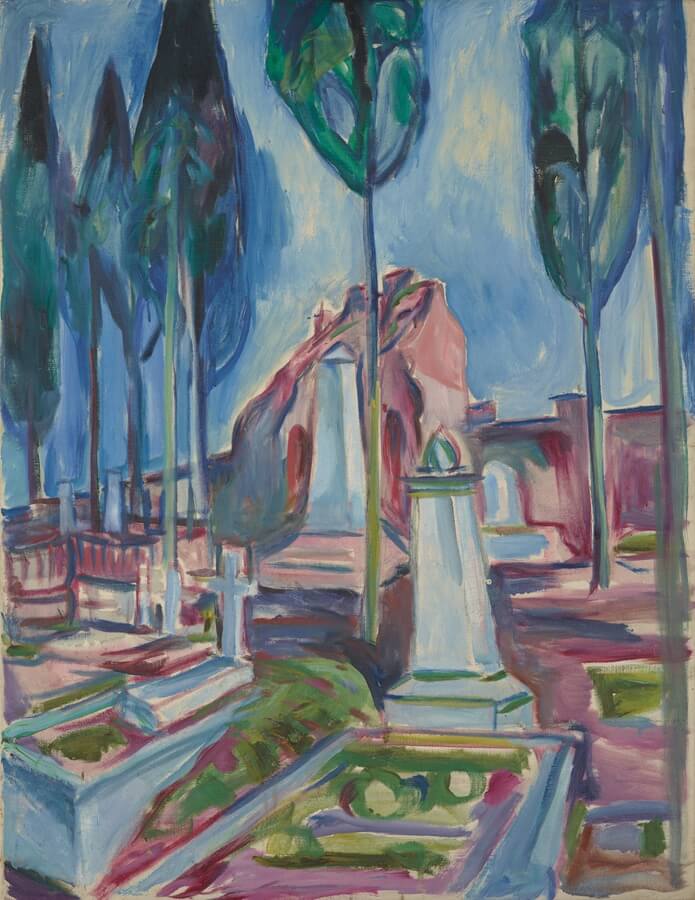
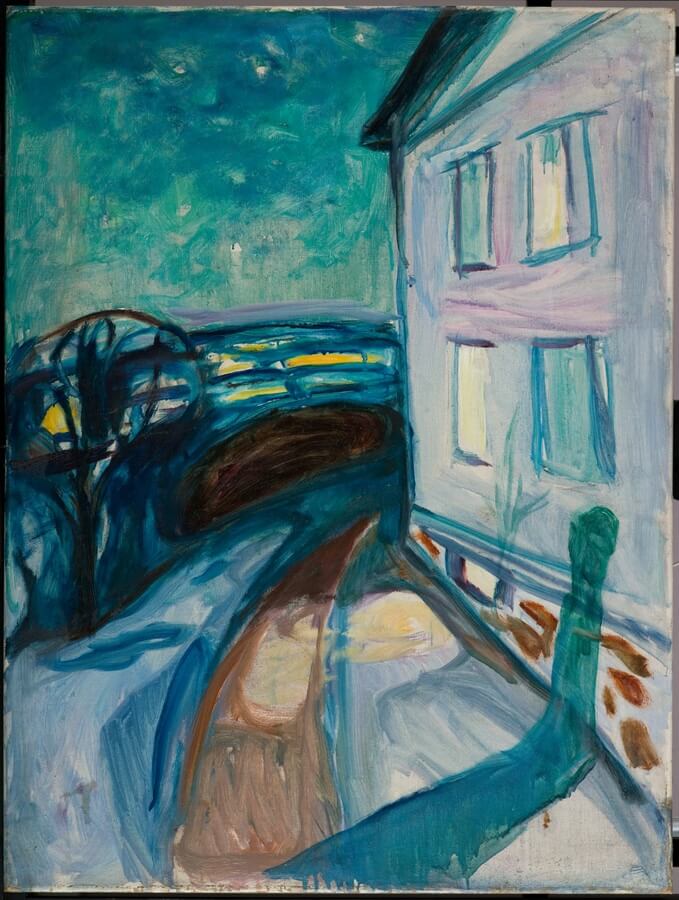
A film festival dedicated to Edvard Munch and Norwegian cinema
From February 25 to March 17, one of the most interesting cinema venues in Rome, Cinema Troisi, in the Trastevere area, will pay a tribute to the Norwegian film tradition showcasing some classics films from the region. From Lake of the Dead by Kåre Bergstrøm, a film whose dark, nocturnal atmospheres, charged with a sense of decadence, evoke feelings of disquiet and mystery similar to Munch’s paintings. The screenings will continue with the current trilogy of films Sex, Love and Dreams with which director Norwegian Dag Johan Haugerud delves into complex and intimate territories just as Edvard Munch did during his stay in Berlin, a time when he explored in depth the torments interior and anxieties of the human soul.
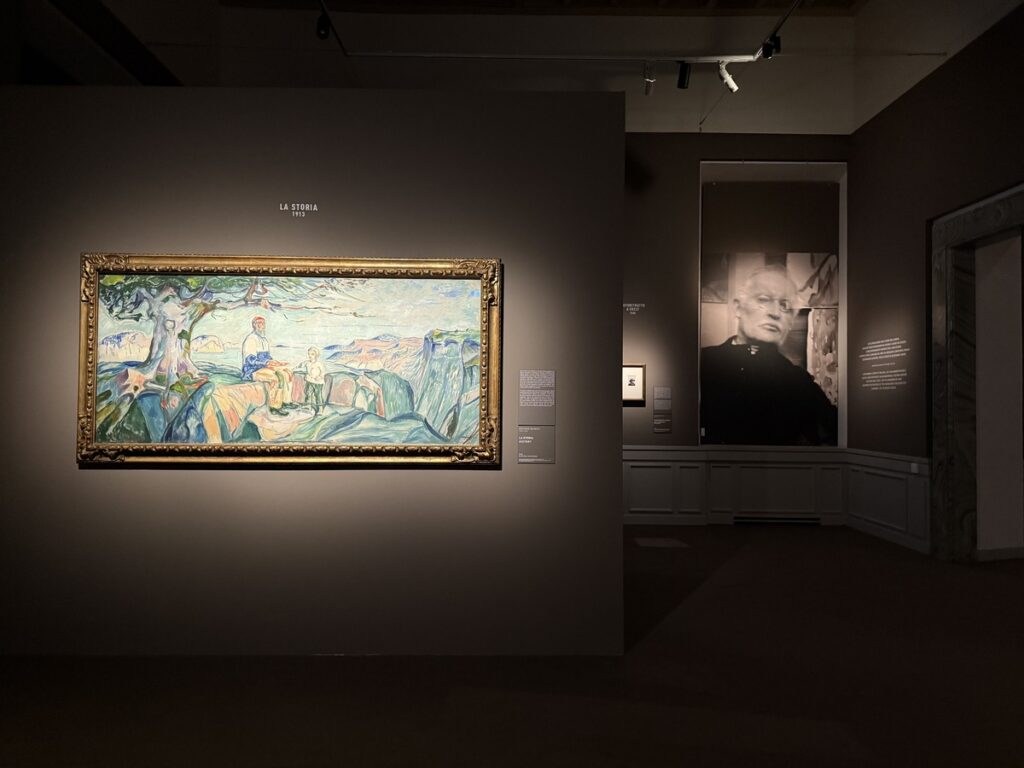
Until 2 June 2025
PALAZZO BONAPARTE
Piazza Venezia, 5
Opening times: Monday to Thursday: 9am – 7:30pm
Weekend: 9am – 9pm
Tickets: Full 18,00€ + online fee, Reductions may apply


